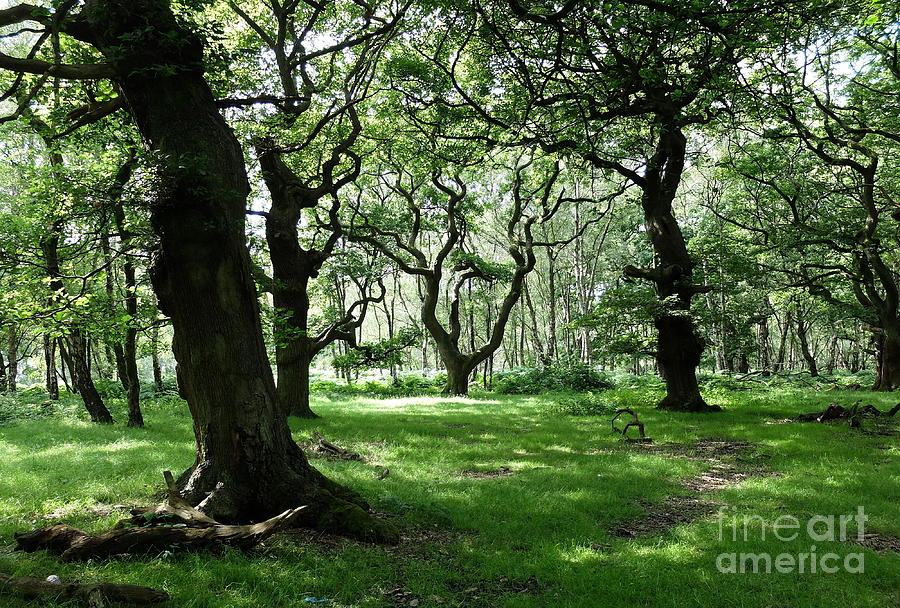
Honorable Mention: Maggie Morgan, Cake Short list:Īngelica Esquivel, Night Vision Long list:

Third Place: Lauren Davis, No Eyes For Them Now, without further ado, here’s the list:įirst Place: Sally Parlier, True or False Teeth Our winners will be published in an anthology, due out later this spring, so stay tuned for that! We were so impressed with the turnout and we want to thank each and every one of you who submitted, as well as our three esteemed judges, Clare Beams, Jill McCorkle, and Rachel Pfennig Hales. Now click on “About Us” and “News” for more information.We’re absolutely thrilled to announce the results of the first-ever annual Coppice Prize! We received 250 submissions, so it was quite the challenge to pick first twenty, then ten, and then finally three winners. The website has a page which will put you in contact with the nearest members to your location. Hedge layers are more difficult to find, but very enthusiastic. Many of us belong to several groups, depending upon our particular interests. There are quite a few other groups as well, from basketry to black smithing. Go along to a meeting to see what they do. The Bodgers and the NCFed have local groups, and all are pleased to see new faces. – The Association of Pole Lathe Turners and Green Woodworkers (No one will try to “hard sell” anything to you).įor more information about coppicing and allied crafts, try the following websites: The Borders Bodgers, part of the national APTGW meets in our Duns wood regularly. Most coppice managers seek to share the benefits of their woods with others. (see the NHS/Forestry Commission “Branching Out ” initiative). Significant physical and mental health benefits have now been officially recognised. A very pleasant additional feature is that everyone seems to enjoy working and relaxing in a well-maintained coppice wood. Man has been coppicing woodlands for nearly 7,000 years, and as long as we are not too greedy, coppices can sustain and improve biodiversity going forward. As long as the trees are cut correctly, and in a planned rotation, the number and diversity of plants and wildlife in the woodland will improve. Coppice managers allow their trees to regrow from the old roots, and replace any stools that might die. Isn’t cutting down trees a bad thing to do? Surely the Earth needs more trees?Ĭutting down trees and not replacing them is certainly a very bad idea.

It is gratifying to see a number of highly motivated and highly skilled younger coppicers now coming into the craft. Several hundred more work part-time in the industry, including myself. Fortunately several groups of enthusiasts got together and from the 1980s onwards the craft (with many allied heritage crafts) has started to recover, although the number of coppicers making their living exclusively from their skills in the UK (in 2020), is still believed to be less than 100. Since the invention of man- made substitutes, like plastic, coppicing has been in decline, and in the UK it almost disappeared in the mid twentieth century. It employed many thousands of people, directly and indirectly. Until about 1920 coppicing was an important industry all over Europe, and beyond. If it is looked after properly, the coppice stool will happily regenerate again, to repeat its delightful feat, sometimes for hundreds of years. Any good book on woodland crafts and turnery is likely to list hundreds of items produced from coppiced wood. brooms, stakes, thatching spars, wooden bowls, cups and spoons. After some years, normally between 6-20 years in the British Isles, depending upon the type of tree, the coppice manager returns and cuts back the side shoots to the stool again, taking the cut poles for use in making various useful items e.g.

The simplest explanation of coppicing is that “coppice” means to cut a tree to about 5 centimetres (or 2 inches) above the ground, (the bit left is called a “stool”) and allow the tree to regenerate by producing lots of suckers or side shoots. Even Google thinks its a spelling mistake! Later we can explain about us, what we do, and where we do it.Ĭoppicing is probably the oldest form of agriculture although, surprisingly, it is rarely noted as an agricultural activity in modern agricultural or forestry literature. Perhaps we should start by explaining what coppicing is. Click on the icons above for more information about coppice management, and our organisation in particular.


 0 kommentar(er)
0 kommentar(er)
